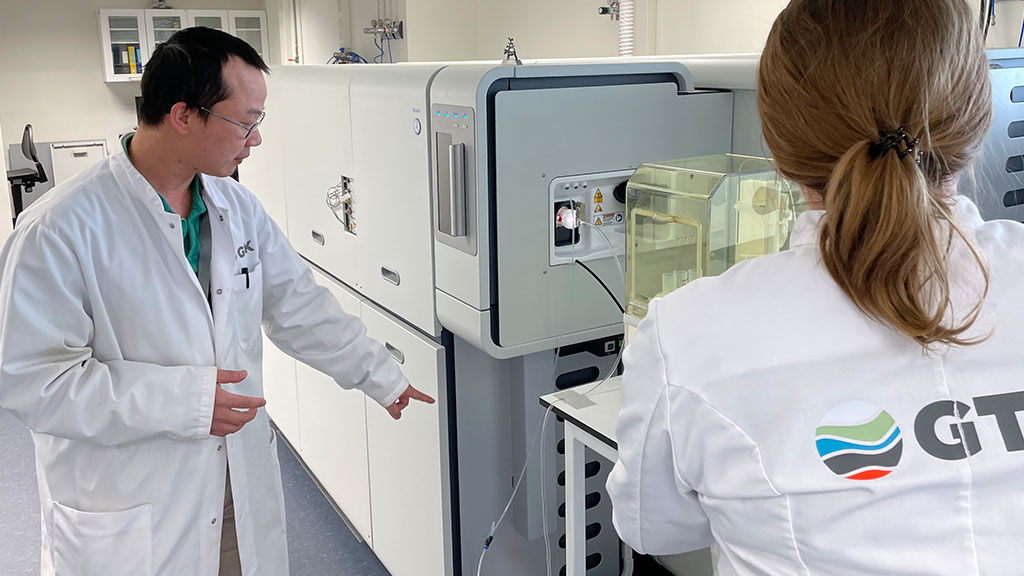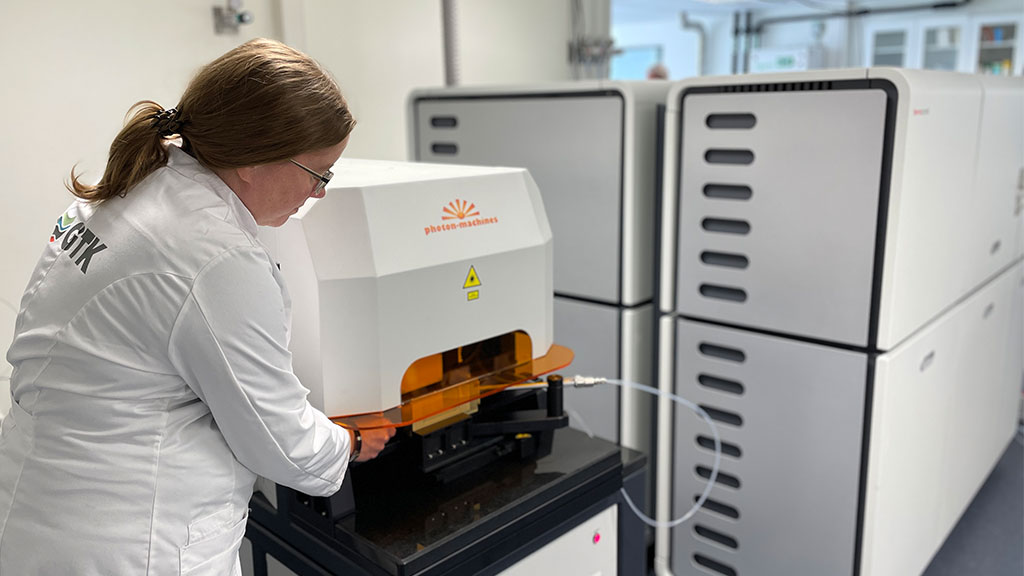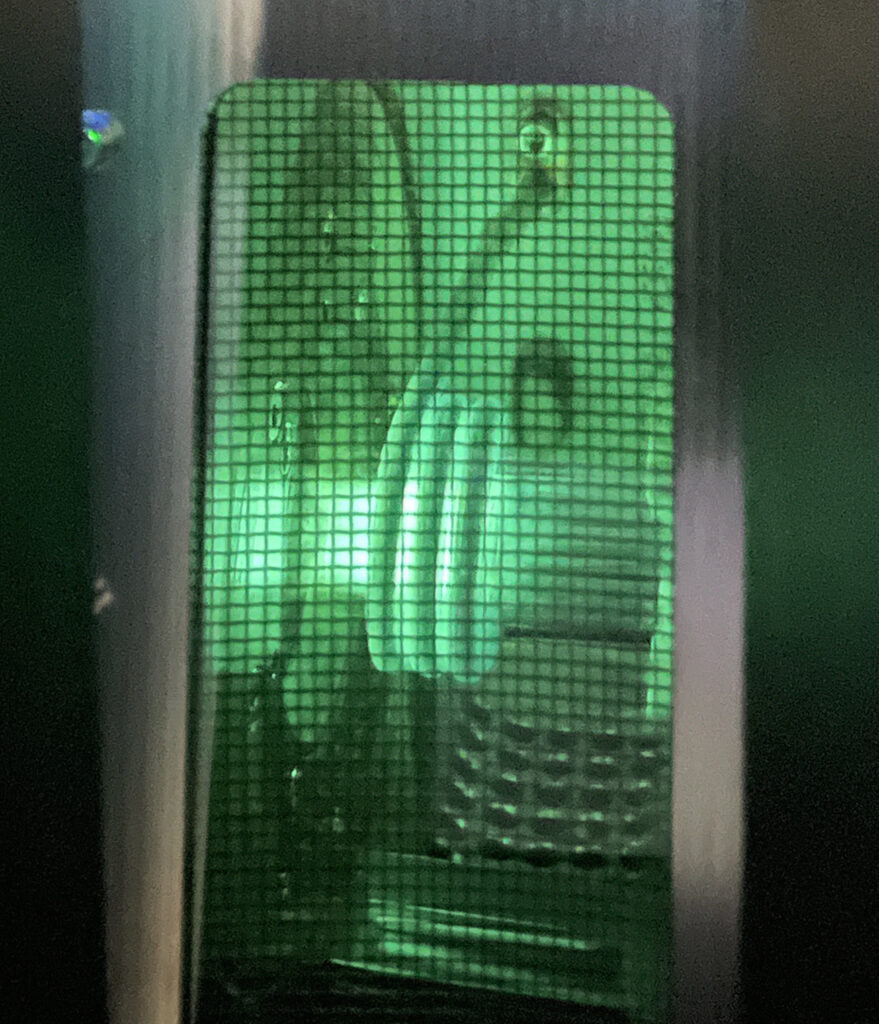Research on Mineral Traceability Expands with New, More Accurate Analysis Equipment
The Geological Survey of Finland (GTK) has acquired a new multicollector-mass spectrometer for its Espoo laboratory. By analysing isotope ratios, the equipment allows for a more in-depth examination of the traceability of a range of materials, including battery minerals. GTK’s research laboratories respond comprehensively to the research needs of mineral exploration, mineral and further processing industries, and other organisations using geomaterials.

“The new multicollector-mass spectrometer is an excellent addition to our laboratory. Advanced research equipment, together with skilled staff, enables the creation of new innovations, such as those contributing to the green transition. And of course, cooperation with customers and research partners is an important part of this equation,” says Marja Lehtonen, Head of the Circular Economy Solutions Unit at GTK.
The multicollector-mass spectrometer was funded with supplementary budget funding granted by the Ministry of Economic Affairs and Employment. The equipment provided by Thermo Fisher Scientific is of the Neoma MS/MS type.
Applied mineralogy and isotope geology are key elements when studying the bedrock and investigating ore potential and in all stages of the assessment and development of ore deposits. Furthermore, mineralogical and isotope studies can be applied extensively to the characterisation of other geological materials and raw materials.
Mass spectrometry can be used to separate positive and negative ions on the basis of their mass and to measure their ratios. Multicollector-mass spectrometers are used to analyse the isotope ratios of different chemical elements. The GTK studies sulphur, lead, uranium, hafnium, strontium and neodymium isotopes.
“The environment affects minerals and metals, but the isotope ratio remains the same throughout the process. For radiogenic isotopes, the ratio changes only through radioactive decay. By studying these ratios, it is possible to determine where the mineral has come from and how old it is. This works in a similar way to how the origin of water or food is investigated, in which case the isotope ratio indicates where water has travelled or, for example, the specific area where a sheep has eaten grass,” says Researcher Minna Myllyperkiö.

The device is accurate and speeds up processing

At best, the multicollector-mass spectrometer speeds up sample analysis by several days by eliminating the need to convert the sample into liquid form, thus enabling direct analysis from solid samples. In the collision cell, chemical pre-treatment can be replaced by producing heavier molecules from an ionised sample by means of gases, making it possible to separate the overlapping masses of different chemical elements. The device is ten times more precise than GTK’s previous equipment designed for the same task. In addition, the device’s ability to perform a series of complementary research phases successively in a controlled setting increases its accuracy.
A polished sample of the rock is prepared, either a thin section or an epoxy resin mount. The sample is first placed in a laser that ablates material from its surface. The material is led to the plasma flares of the mass spectrometer. Plasma is a 10,000-degree flame in which the substance ionises. After ionisation, the substance is accelerated in an electric field and then transferred to a pre-cell mass filter to further separate what we want to study, i.e. which ions continue on their way. For example, strontium occurs in nature with the masses of 84 to 88. The pre-cell mass filter can be used to limit the clearly lighter and heavier ions out of the sample flow. The pre-cell mass filter also removes the plasma’s argon ions, which increases the proportion of ions to be analysed.
The ions then move to a collision cell, where they are allowed to react with gases to eliminate interference from ions of different chemical elements of the same weight. The next step is a magnet which separates the ions on the basis of their mass. This way, it is possible to select only the desired ions. They are then transferred to a multicollector, where their relative ratios can be measured.
The collision cell allows the GTK to expand the range of isotopic systems that can be measured. In other words, the new device will enable the analysis of e.g. rubidium-strontium as well as potassium-calcium from solid samples. Other isotopic systems can also be tested for customers’ needs.
More information
Research laboratory’s web pages
Marja Lehtonen, Head of the Circular Economy Solutions Unit
marja.lehtonen@gtk.fi
Tel. +358 29 503 2183
Heli Lallukka, Laboratory Manager
heli.lallukka@gtk.fi
Tel. +358 29 503 0197
